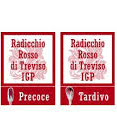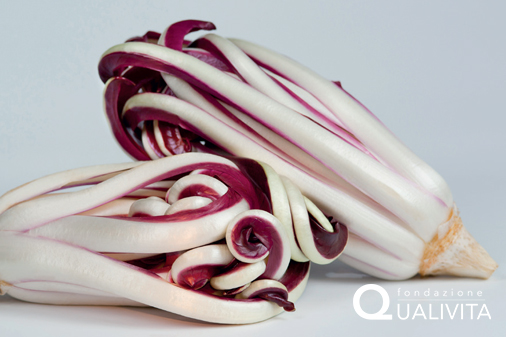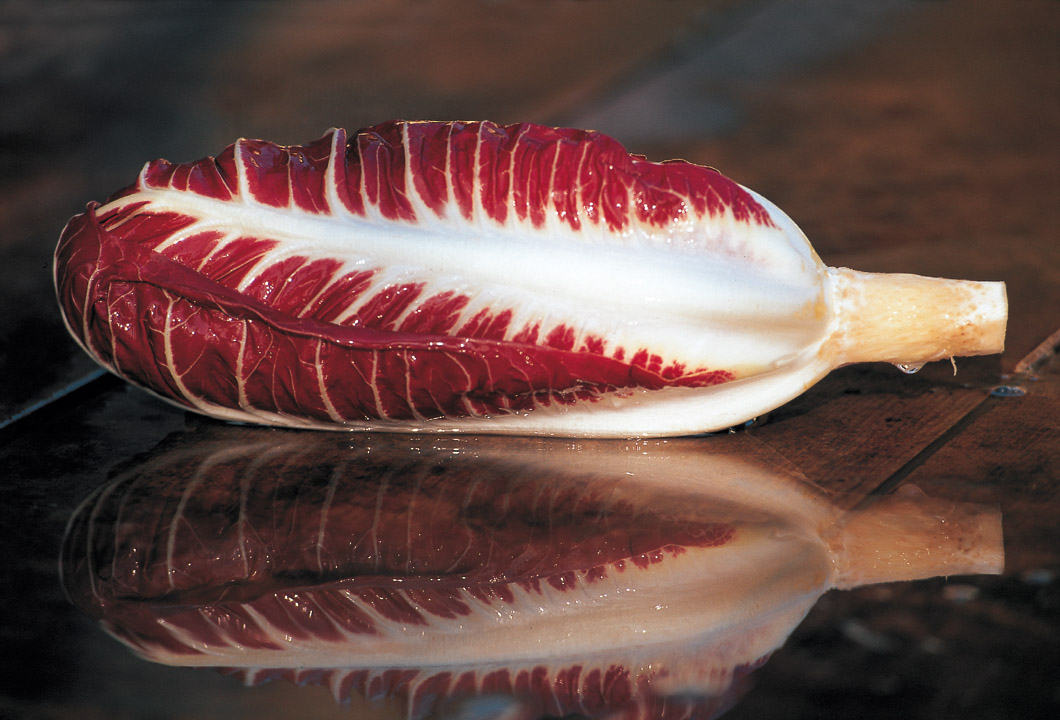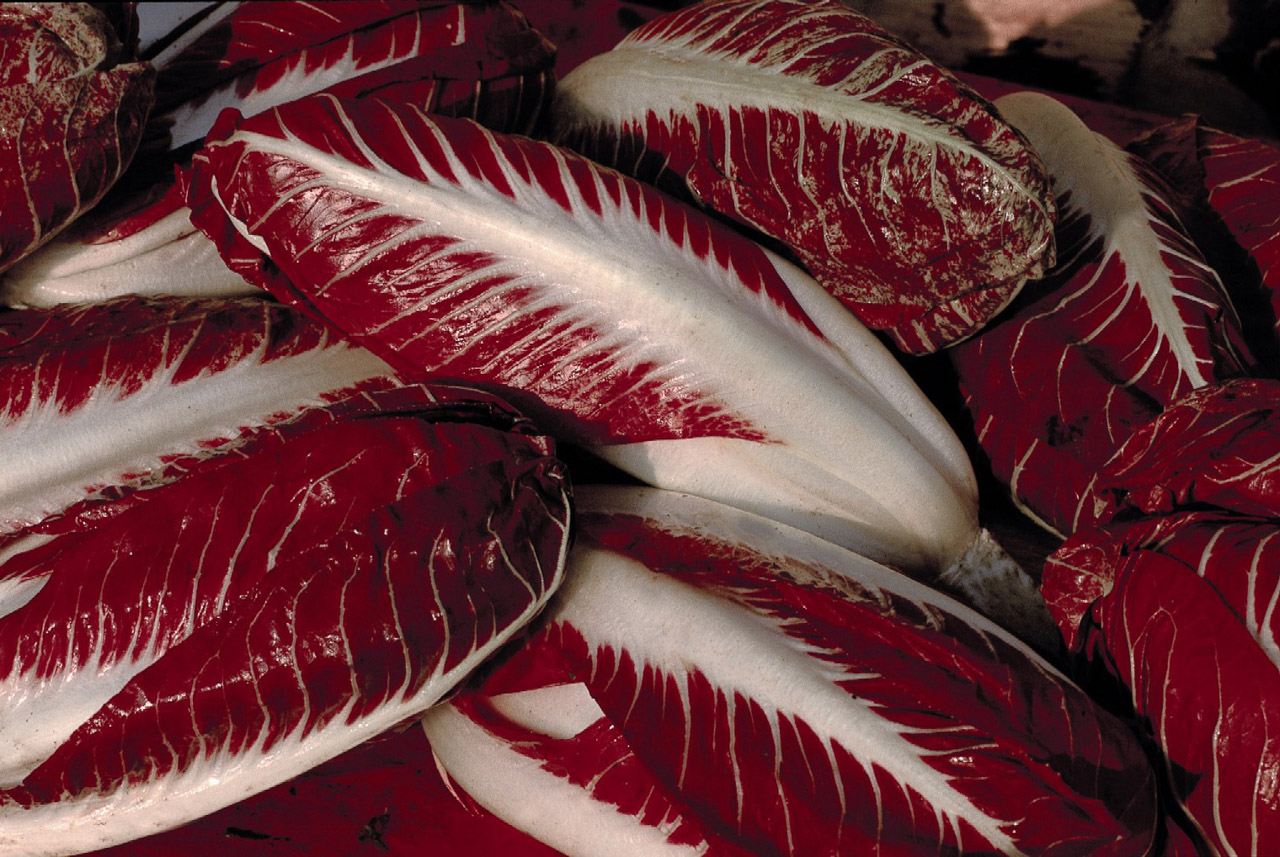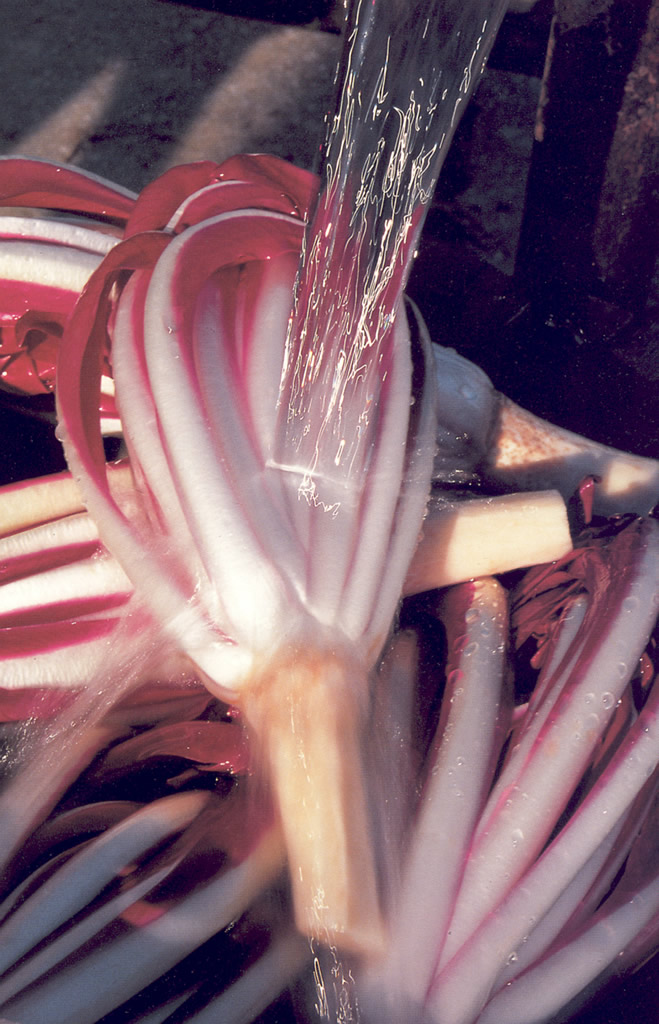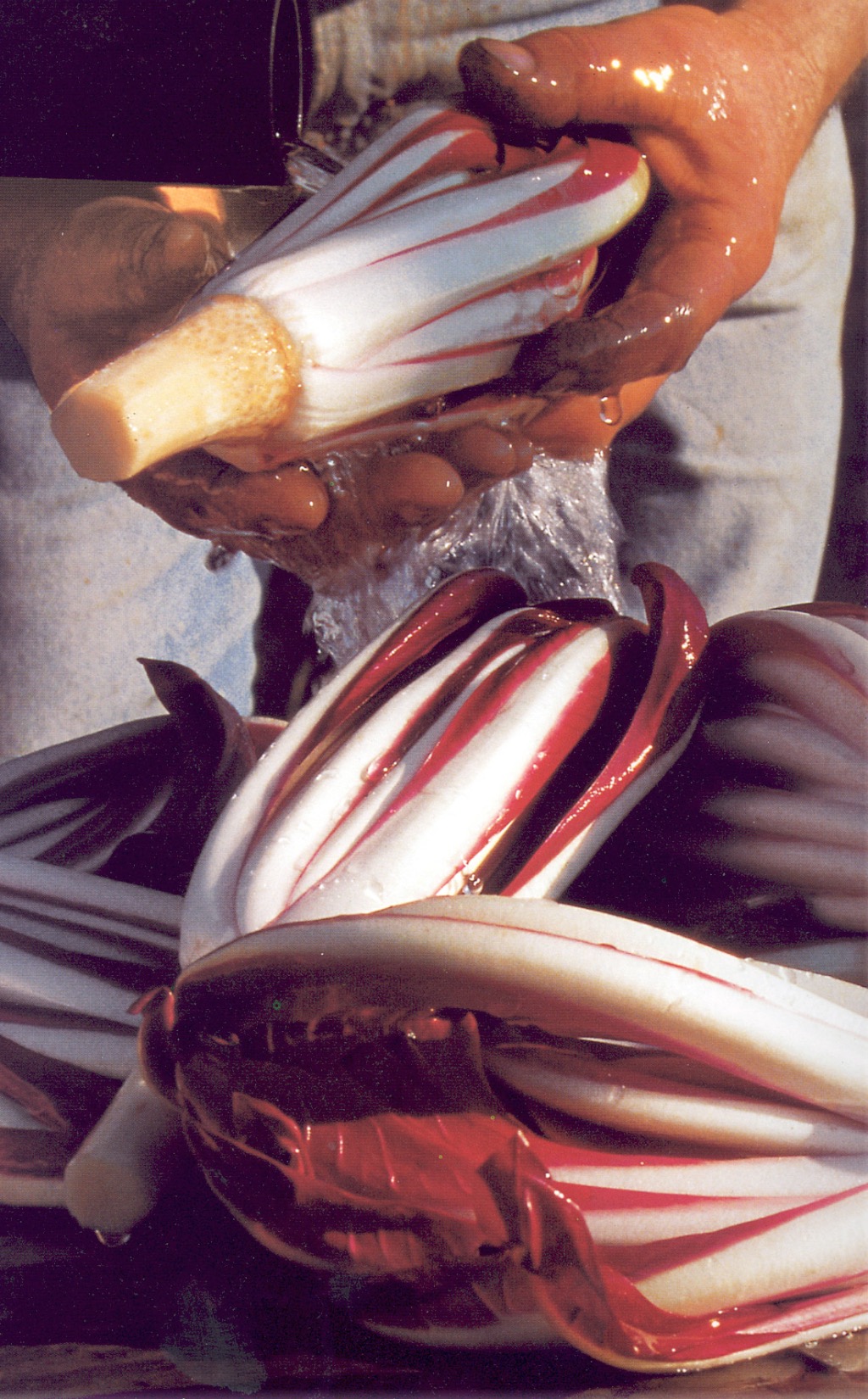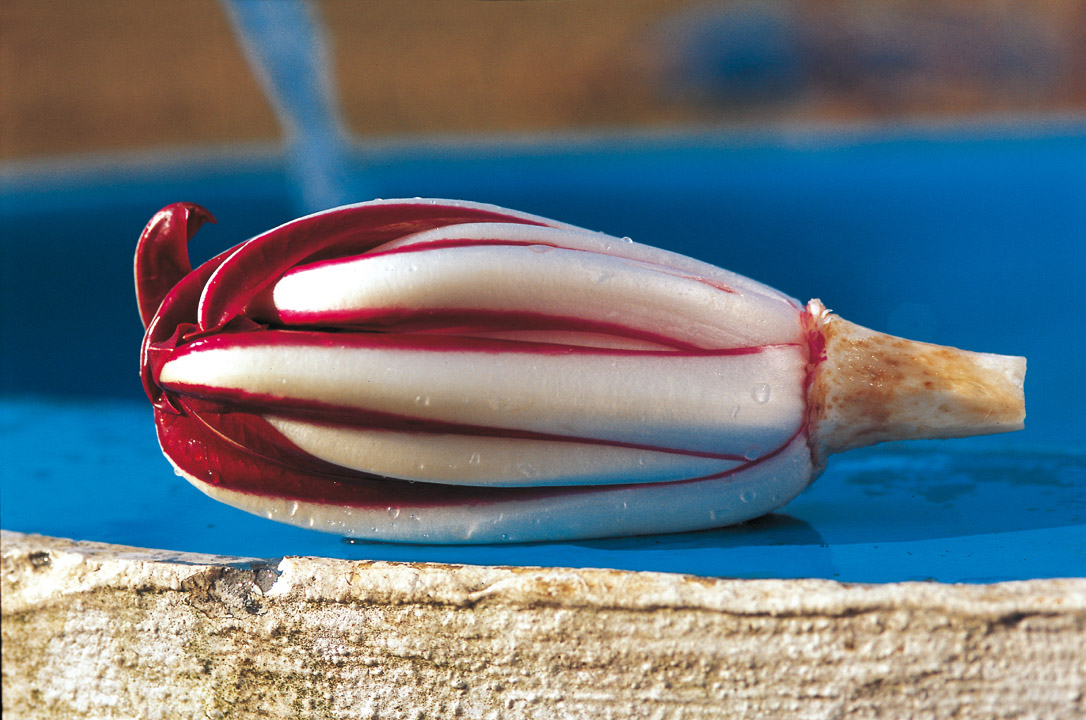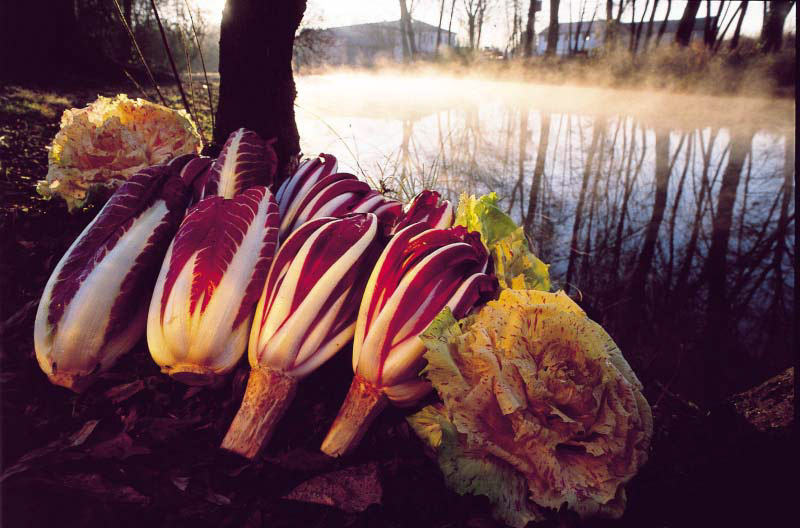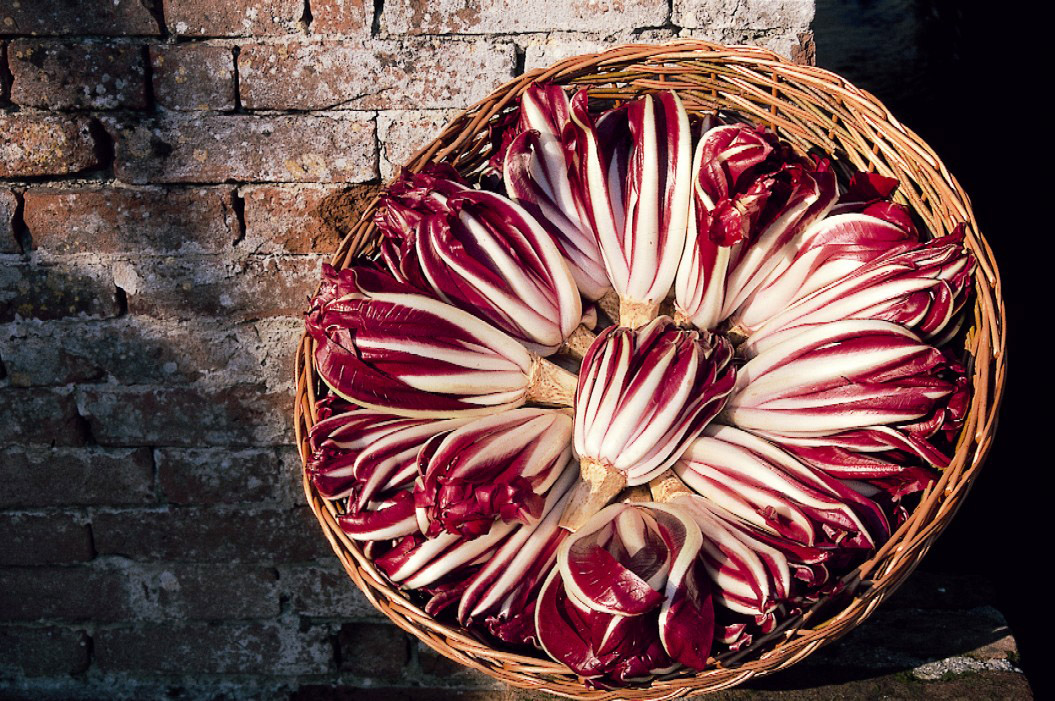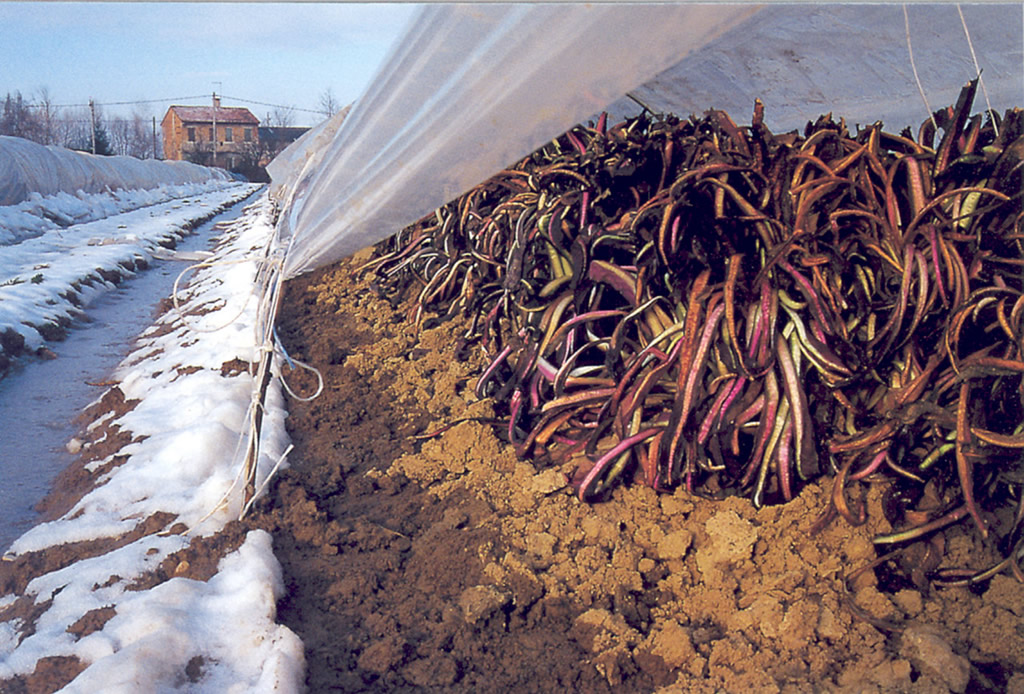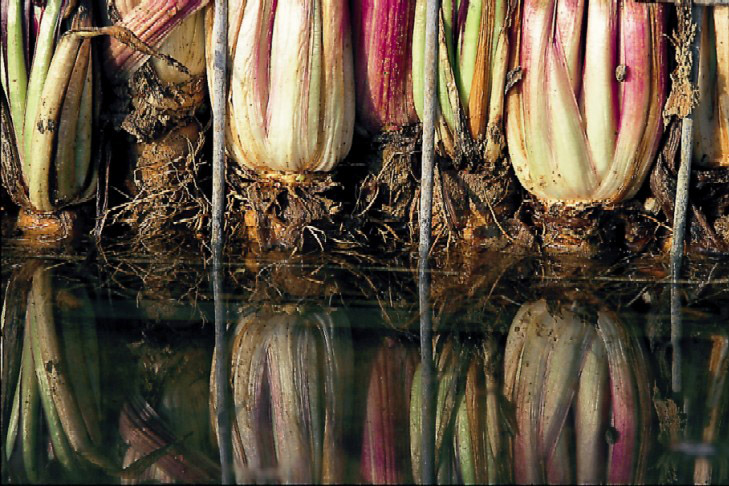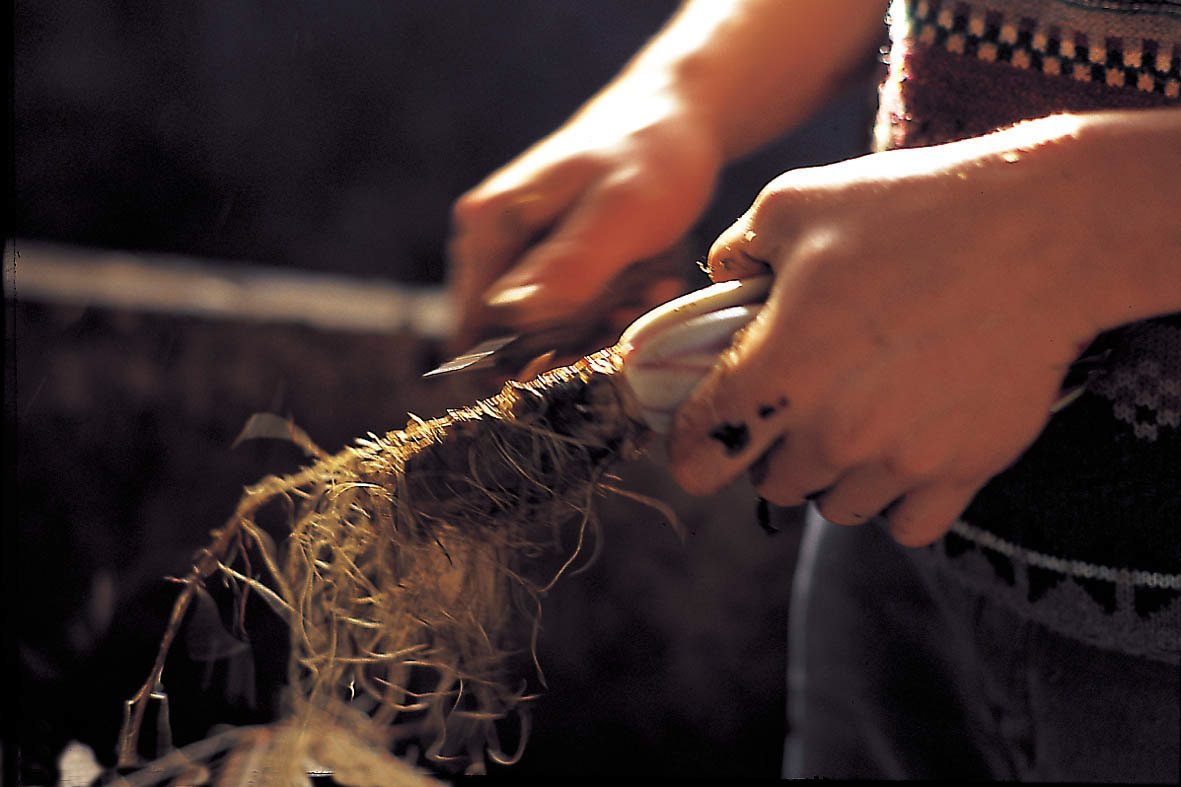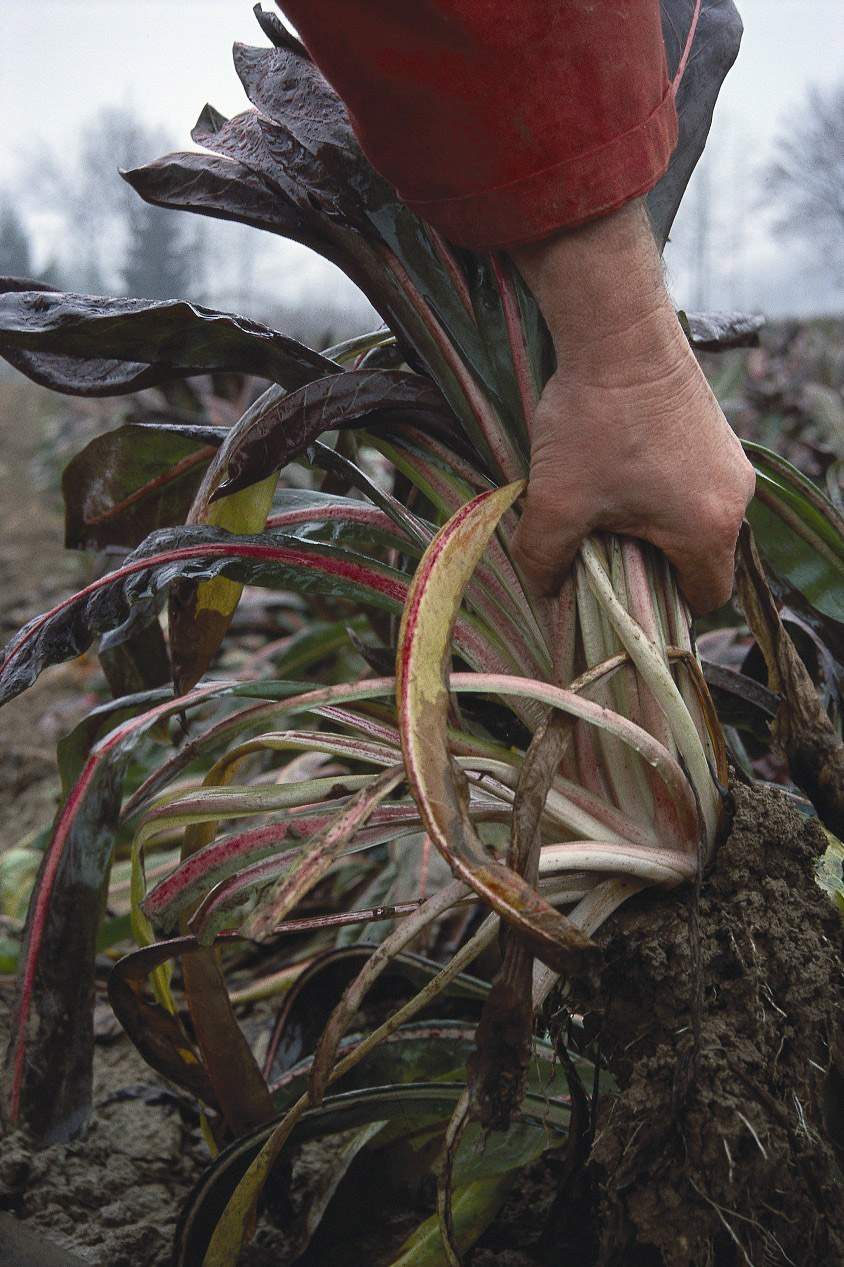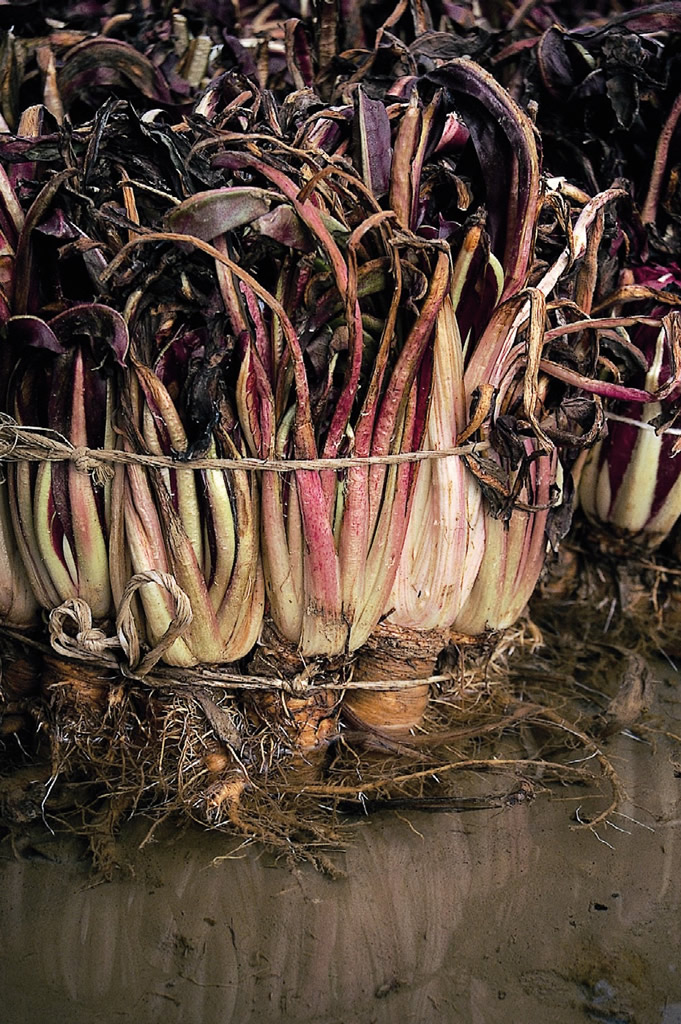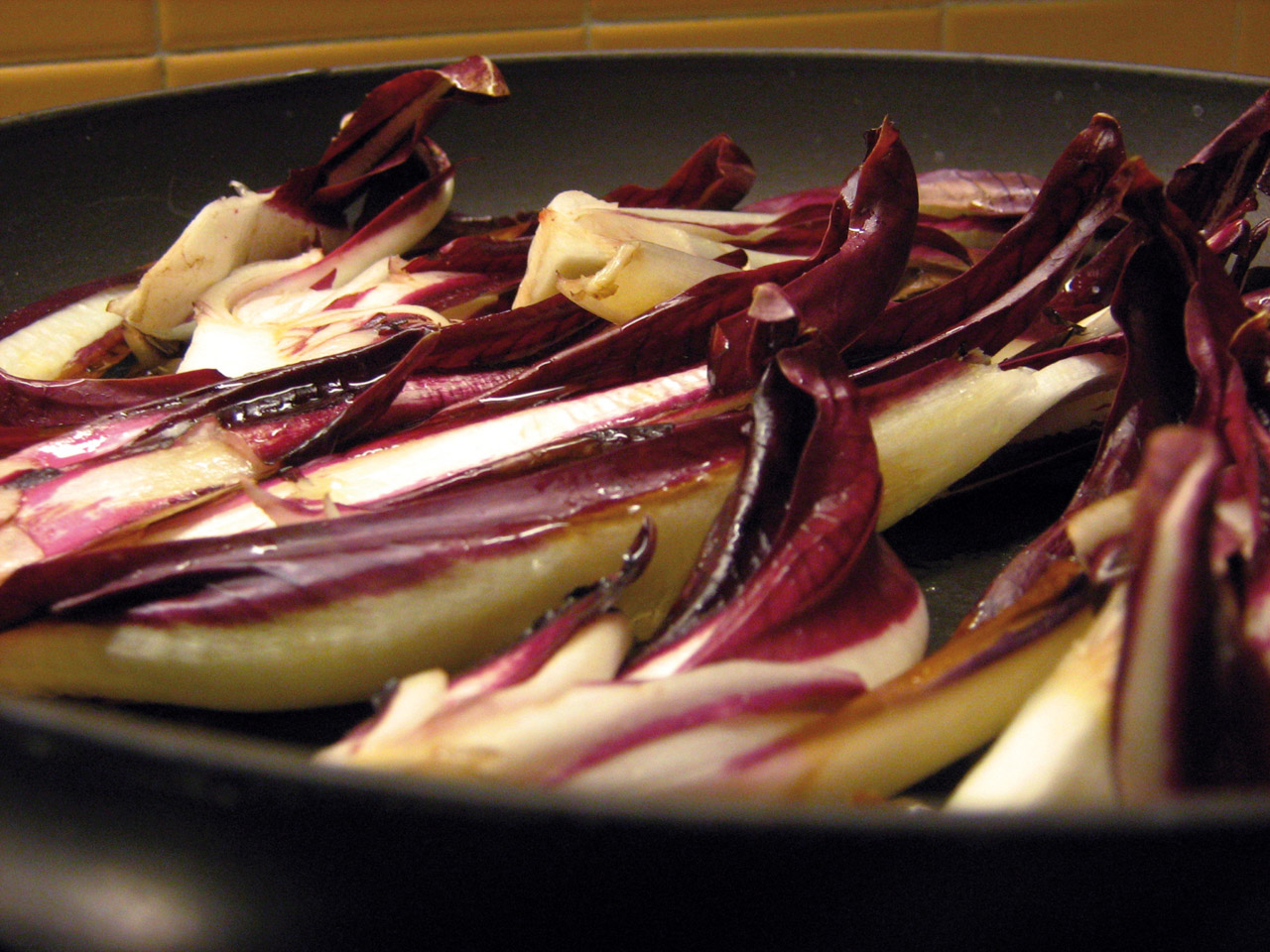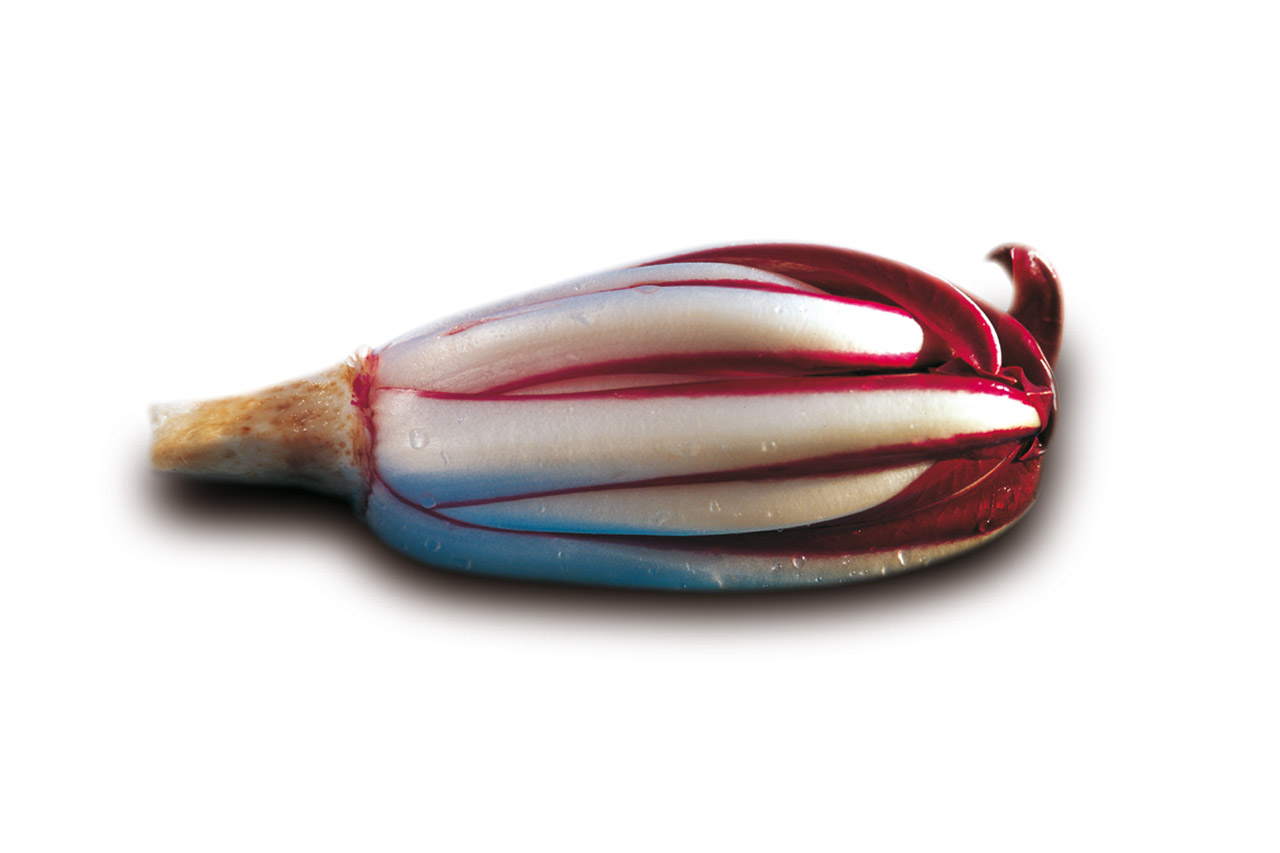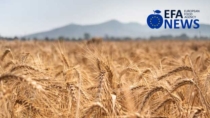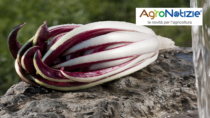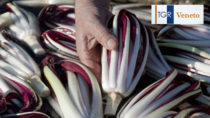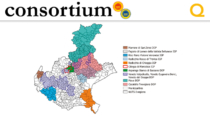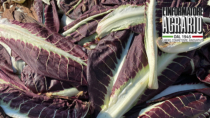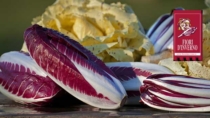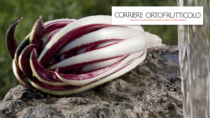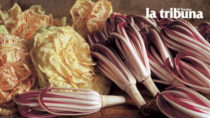Description
Radicchio Rosso di Treviso PGI is a fresh leafy vegetable belonging to the Silvestre variety of the botanical species Cichorium intybus L.. It is distinguished by two varieties: Tardivo (late-ripening) and Precoce (early-ripening).
Production Area
The production area of Radicchio Rosso di Treviso PGI is within numerous municipalities in the provinces of Treviso, Padua and Venice, in the Veneto region.
Production Method
Radicchio Rosso di Treviso PGI can be produced through seeding or transplanting. Both the early and late-ripening varieties are sown directly in the field between June 1st and July 31st. Transplanting is carried out by September 10th. The early-ripening variety is harvested from September 1st; the heads are then tied together directly in the field, thereby inhibiting the normal process of photosynthesis until the right level of ripening has been reached. The late-ripening variety is harvested from October 20th, after the plant has been exposed to at least two frosts, which promotes the red colouration. It then undergoes whitening and forced ripening, which are indispensable for bringing out the late-ripening product’s prestigious organoleptic and aesthetic properties. The heads are then cleaned and either tied in bunches or put into netted and/or perforated cages, which are then placed in rows on the ground and covered by tunnels that ensure optimum ventilation. The tunnels are then covered with dark sheets that ensure the growth of new leaves without light. The forced ripening technique utilises spring water at a temperature of around 11 °C, and involves putting the heads vertically into large protected vats, immersing them up to the neck, where they are left until they reach the right stage of ripening. During trimming, the heads are either untied or removed from the cages. The deteriorated leaves are removed and the taproot is shortened, after which the radicchio is washed under running water.
Appearance and Flavour
Radicchio Rosso di Treviso PGI is characterised by a large and well-closed head. The leaves are deep red with a main white vein that is clearly evident. They have a slightly bitter flavour and are fairly crunchy. The late-ripening variety has dense, curled round leaves, which tend to close the head at the top. It has a strong wine-red colour. The flavour is pleasantly bitter and it has a crunchy consistency.
History
The origins of Radicchio Rosso di Treviso PGI are centuries-old. The radicchio appeared in Italy during the 16th century, in the Province of Treviso, where it evolved from being food for the poor to a prized and sought-after vegetable, thanks to the special production techniques that are still used today. The product’s unmatched quality was definitively recognised when the first radicchio exhibition was organised in December 1900, by agronomist Giuseppe Benzi.
Gastronomy
Radicchio Rosso di Treviso PGI can be kept in the refrigerator for several days, as long as the leaves are kept dry. It is extremely versatile and can be eaten both raw and cooked. It is ideal for using in many types of dishes, including crepes stuffed with Radicchio Rosso di Treviso PGI. It is used as an ingredient in starters, mixed salads, pastas, risottos and meat or fish dishes, as well as on its own, either pan-fried or grilled.
Marketing
The product is marketed as Radicchio Rosso di Treviso PGI Precoce (early-ripening) and Tardivo (late-ripening). It is sold during autumn and winter in suitable food-grade packaging weighing no more than 10 kg. The heads can be sold individually, also in “single-head” bags made of food-grade materials.
Distinctive Features
The production of Radicchio Rosso di Treviso PGI is characterised by the whitening-forced ripening techniques and the preparation of the heads, carried out thanks to the producers’ manual techniques and skills.



